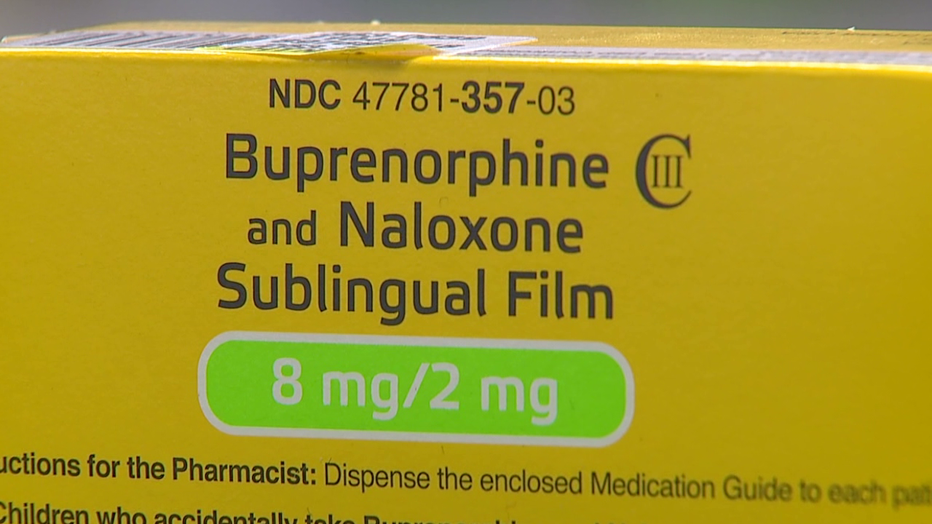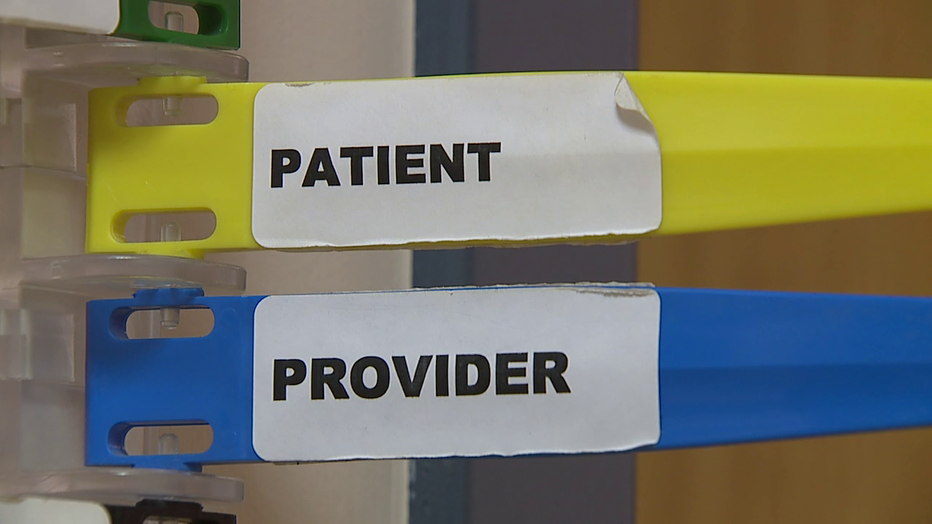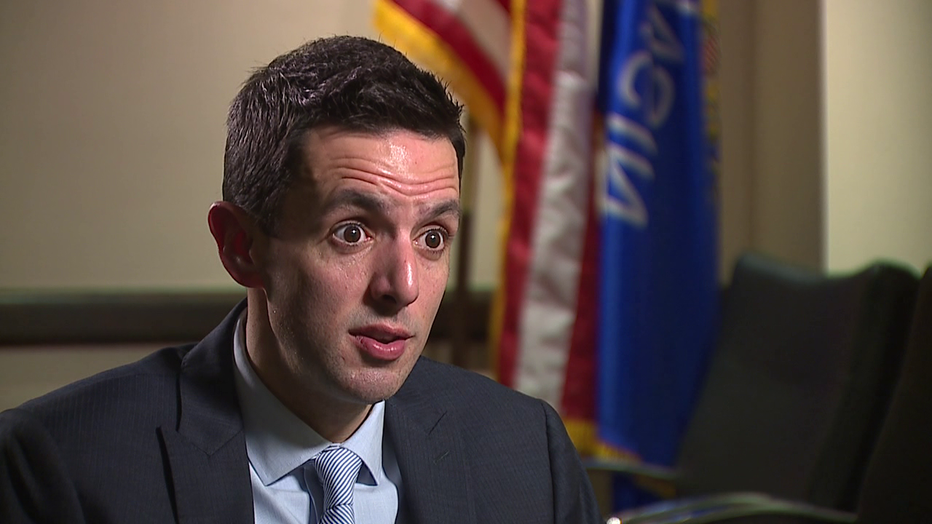Getting opioids can be easier than getting treatment, but Wisconsin doctors are pushing for change
MILWAUKEE -- When Dr. TJ Harrington's patients struggle to quit smoking, he can instantly connect them with options like the nicotene patch.
But the Aurora Health Care Senior Chief Resident of Family Medicine says getting patients help for opioid addiction has been much more complicated.
"He actually ended up overdosing and passing away," Harrington said, describing a patient who struggled with addiction. "It was upsetting, it was heartbreaking, and I think frustrating knowing that maybe we could have had a different outcome."

Now, that different outcome is within reach. Aurora, along with health systems like Ascension and ProHealth, is part of a statewide effort to make it easier for patients to access buprenorphine, a medication used for addiction treatment.
"Thank goodness," Harrington said with a sigh. "I’ve got something that can maybe help."
Clearing the hurdles
Buprenorphine is a medication used to assist in addiction treatment. Many patients know it by the brand name Suboxone, which is a combination of buprenorphine and naloxone.
Buprenorphine works by partially acting like an opioid and binding to the same receptors in the brain, without getting patients high. Doctors say the medication protects their patients from cravings and withdrawals, allowing them to focus on counseling and therapy.

"I didn't have the cravings all the time," Tina Kasten, a woman who says buprenorphine helped her fight heroin addiction, told FOX6. "It wasn't constantly on my mind like, 'OK, am I going to use? Am I not? Am I going to use? Don't do it. Oh, but you should.' It's like the devil and the angel and tells them to be quiet and go home."
Methadone and naltrexone, often known by the brand name Vivitrol, are also medications used to help treat addiction. But there are strict regulations surrounding the administration of methadone, and naltrexone requires the patient to first abstain from opioid use for several days.
Buprenorphine is seen as the most accessible option, because patients can start taking it right away. It also tends to be more affordable for the uninsured or under-insured.
Because burprenorphine acts like an opioid, doctors need a waiver to prescribe it for addiction treatment. That waiver requires training that family doctors, OB-GYNs, and other primary care providers traditionally have not had.

That means instead of being able to get a buprenorphine prescription at their regular doctors appointments, patients have had to deal with barriers like transportation, additional cost, and wait times in order to see an addiction specialist.
"Addiction is a terminal illness," Ascension All Saints Medical Director of Addiction Services Dr. David Galbis-Reig. "Without treatment, you end up dying."
Galbis-Reig is also president of Wisconsin Society of Addiction Medicine.
"If we're talking a four week gap in treatment, in four weeks if someone continues to use, every day is a risk of overdose and death," Galbis-Reig said.
Not all addiction treatment facilities offer buprenorphine.
Federal data from the Substance Abuse and Mental Health Services Administration shows 104 published addiction treatment facilities within 50 miles of Milwaukee. Only 40 percent are listed as prescribing buprenorphine.
"I'm old enough to have delivered some of my patients who are now adults," Dr. Jake Bidwell, Advocate Aurora Health Wisconsin VP for Medical Education said. "It's very frustrating to not be able to help them through a chronic problem in their life."
The solutions
There is a statewide push in Wisconsin to expand training so that more primary care doctors can prescribe buprenorphine directly to their patients, eliminating barriers to treatment.
"When you ask personal questions to someone that you know really well, that trust and that rapport that's there actually provides the foundation to open up and say, 'Yeah, you know what? Something isn't right, Doc,'" Harrington said.

Aurora is now making buprenorphine training a resident requirement for Wisconsin OB-GYNs, family doctors, and internal medicine physicians. The health system will roll out its program, in which those doctors can directly prescribe buprenorphine to patients, over the summer.
Ascension has a full-service addiction unit, along with a program to get patients burprenorphine prescriptions immediately in the emergency room.
ProHealth started its push to expand buprenorphine access when doctors noticed a trend of babies born dependent on opioids.
"It was often unexpected," ProHealth Medical Director of Opioid Use Disorder Program Dr. Susanne Krasovich said. "Often mom's use was unknown or undisclosed. And we really wanted to figure out how to get a handle on that."
ProHealth now requires family medicine residents to train to prescribe buprenorphine.
"Without that type of collaboration and partnership between health systems, we're not going to make that large of an impact," Wisconsin Department of Health Services Director of Opioid Initiatives Paul Krupski said.

DHS helps coordinate buprenorphine training, with the goal of allowing more patients to get their medications at regular doctors appointments. Since that effort started at the end of 2018, there's been a 43 percent jump in doctors who are able to prescribe the medication in Wisconsin.
DHS is also in the process of getting input to eventually update state rules about addiction treatment.
"The changes that you can make are literally saving lives, saving families, making communities safer," Krupski said.

